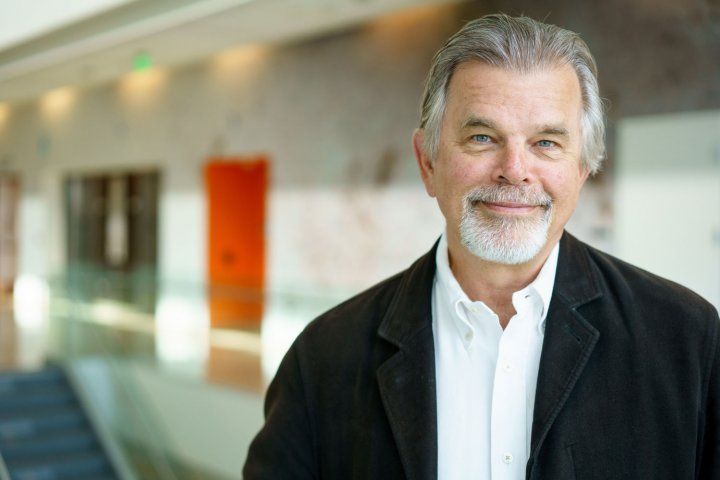‘Paradigm II’ Interactively Illustrates the Complex, Dynamic Relationships Between Causes
A new model of the causes of breast cancer, created by a team led by researchers at UC San Francisco, Genentech and Stanford University, is designed to capture the complex interrelationships between dozens of primary and secondary breast cancer causes and stimulate further research.
Breast cancer is the most common cancer in women, with an estimated 268,600 new cases and 41,760 deaths in the United States in 2019.
“Even though breast cancer can be treated successfully if caught early, we’re looking for the best ways to prevent it in the first place,” said lead author Robert A. Hiatt, MD, PhD, UCSF professor of epidemiology and biostatistics and associate director for population science at the UCSF Helen Diller Family Comprehensive Cancer Center.
“This model weighs what we currently know about the relationships and potential interactions between factors that individual women can control—such as drinking alcohol, hormone replacement therapy and overweight and obesity—and areas of public health policy that affect how people are influenced by social factors,” Hiatt said. “It illustrates the dynamic and sometimes unexpected ways in which the many different causes of breast cancer interact with and influence one another.”
The model, published on July 8, 2020, in Cancer Epidemiology, Biomarkers and Prevention, a journal of the American Association for Cancer Research, includes biological variables such as age, breast density and genetics as well as physical risk factors such as exposure to carcinogenic chemicals, radiation and second-hand smoke.

Robert Hiatt, MD, PhD. Photo by Steve Babuljack
Overall, the model, called Paradigm II, illustrates 96 potential interactions between biological, behavioral, social and physical domains of breast cancer causation.
A dynamic interactive version of Paradigm II is available online at https://www.ucop.edu/causes/, the website of the California Breast Cancer Research Program, which sponsored the study.
The model was created by a multidisciplinary panel with expertise in epidemiology, biostatistics, mathematical and computational modeling, breast cancer biology, toxicology, genetics, population health and breast cancer advocacy. It updates Paradigm I, an earlier model created by the same team and published in 2014, which illustrated 83 such relationships.
Hiatt emphasized that Paradigm II is primarily intended to give researchers, public health policymakers and the public a sense of the complex, interactive nature of breast cancer causation at the population level. “We hope that together, the paper and online model will stimulate discussion and decision-making,” he said. “We also want to highlight areas where more research is needed in order to increase our understanding of breast cancer prevention and control.”
While the model is not useful for diagnosing or treating individual patients, said Hiatt, it could help physicians educate their patients on the causes of breast cancer by making it clear that “not just one thing causes this disease.”
Authors: Robert A. Hiatt, MD, PhD, and Kaya Balke, UCSF; Natalie J. Engmann, PhD, Genentech; and David H. Rehkopf, ScD, MPH, Stanford University.
Funding: California Breast Cancer Research Program
Disclosures: The authors declare no competing financial interests.
The University of California, San Francisco (UCSF) is exclusively focused on the health sciences and is dedicated to promoting health worldwide through advanced biomedical research, graduate-level education in the life sciences and health professions, and excellence in patient care. UCSF Health, which serves as UCSF’s primary academic medical center, includes top-ranked specialty hospitals and other clinical programs, and has affiliations throughout the Bay Area.




